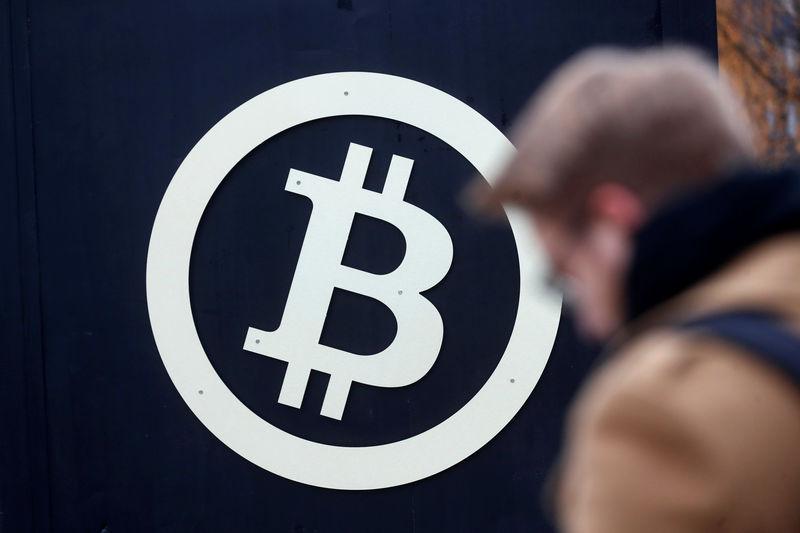- The owner of BAYC 1626 has burned their NFT to move it from Ethereum to Bitcoin.
- Crypto Twitter and Executives from Yuga Labs reacted to the experiment, calling it into question.
Jason ‘GoingParabolic’ Williams has taken a step that most would not dare to take. The owner of BAYC 1626, dubbed “The Blonde Don,” has burned it on Ethereum.
With help from TeleBurn, the daring owner has inscribed BAYC 1626 on Bitcoin using ordinals claiming the network is the “world’s scarcest and most secure chain.”
Rise of the Bitcoin of the Apes
GoingParabolic, the owner of BAYC 1626, one of the most valuable Bored Ape NFTs, inscribed his BAYC on Bitcoin using TeleBurn, a creator platform for making Bitcoin NFTs using ordinals.
The NFT in question last sold for 105 ETH, or approximately $432,000 at the time, in November 2022. At the press time, the NFT is worth roughly $165,000, according to OpenSea.
The Rowdy owner argued the NFT community is moving to Bitcoin, where ordinals have brought true scarcity to collectibles. GoingParabolic claimed they had “burned” the NFT off Ethereum by removing it from circulation and transferring it to a unique ‘burn address.’
GoingParabolic asserted that their Bitcoin NFT is legitimate because the inscription points to a unique burn location.
However, despite the owner’s claims, Crypto Twitter, including Yuga Labs’ co-founder, had mixed reactions to the owner’s feat. Founders and native users debated the legitimacy of the unconventional mechanism.
As symbolic as it may be, the experiment has spotlighted Bitcoin NFTs and the ambiguity of burning mechanisms and NFT licensing, leading to more questions than answers.
You Can Burn It, But the Ashes Will Remain
The burning mechanism can be unclear to many users. And unsurprisingly, it has become even more confusing this time, with BAYC Founder Greg Solano chiming in and sharing his thoughts about the BAYC NFT move to Bitcoin.
In blockchain-speak, the burning of an asset means the owner sends it to a dead smart contract, removing it from circulation and everyone’s access. Keeping this in mind, GoingParabolic’s daring move, claiming they removed BAYC 1626, is arguable.
The BAYC Founder asserted GoingParabolic did not remove the BAYC 1626 from the network itself. Rather, the owner transferred their license to a dead smart contract, revoking their ownership.
Crypto Twitter brought the ambiguity around the burning mechanism to light by weighing in on the founder’s controversial comments. One user claimed that sending the BAYC NFT to a dead address is not an IP infringement, as there’s no license holder.
Conversely, another user suggested that anyone could pretend to be the owner with no license holder to claim the NFT. The legitimacy of GoingParabiolic’s Bitcoin BAYC is still up for debate.
However, what’s certain is that the controversial experiment has put the need for regulations and licensing in the NFT space.
On the Flipside
- Cardano Founder Charles Hoskinson recently faced criticism for “stealing NFTs.” The founder used the occasion to speak on Web3 needing a solid framework for licensing.
- TeleBurn first tested out the feature on an ENS domain the developer owned.
Why You Should Care
The BAYC 1626 burn proves that the NFT space is still nascent and needs regulations, licensing, and more development. This controversy raised many issues in the NFT space, proving a lot of work needs to be done.
Catch up on Charles Hoskinson stealing NFTs:
Charles Hoskinson's "Saved" NFT Profile Picture Sparks Discussion - Crypto Twitter Reacts.
Read more about Bitcoin NFTs:
Gamma Launches No-Code Creator Platform for Bitcoin NFTs.





